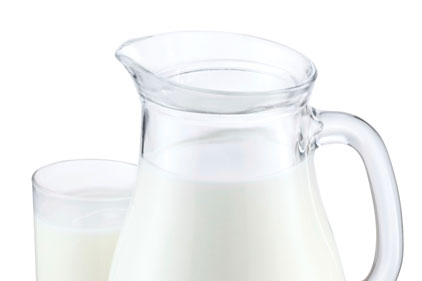Cream, on the other hand, may be associated with lower BMD overall. Published February 1 in the journal Archives of Osteoporosis, these findings suggest that not all dairy products are equally beneficial in promoting bone strength.
"Dairy foods provide several important nutrients that are beneficial for bone health," says lead author Shivani Sahni, Ph.D., Musculoskeletal Research Team, IFAR. "However, cream and its products such as ice cream have lower levels of these nutrients and have higher levels of fat and sugar. In this study, 2.5-3 servings of milk and yogurt intake per day were associated with better bone density. More research is needed to examine the role of cheese intake (some of which can be high in fat and sodium), and whether individual dairy foods have a significant impact in reducing fractures."
IFAR researchers based their findings on data collected from a food frequency questionnaire completed by 3,212 participants from the Framingham Offspring study. They then compared participants' dairy intake with BMD measurement, which revealed the benefits of milk and yogurt versus cream in largely middle-aged men and women. According to the study, nutrient composition varies among dairy foods. Choosing low-fat milk or yogurt over cream can increase intake of protein, calcium and vitamin D while limiting intake of saturated fats.
This study is an example of a growing area of research focused on the relationship between nutrition and bone health. Past studies suggest that dairy products contain more than one beneficial nutrient, and for this reason certain dairy products may contribute towards maintaining healthier bones.
Research like this supports the idea that proper nutrition can help combat osteoporosis and fractures. Osteoporosis is considered a major public health threat for an estimated 44 million Americans, or half of those aged 50 and older.
• An estimated 10 million in the U.S. already have the disease. Women are at higher risk than men.
• Another 34 million Americans have low bone density, putting them at increased risk for osteoporosis and fractures, especially of the hip, spine and wrist. About one-quarter of those who suffer a hip fracture die within a year of the injury.
• Osteoporosis-related fractures were responsible for an estimated $19 billion in health care costs in 2005, with that figure expected to increase to $25 billion by 2025.



